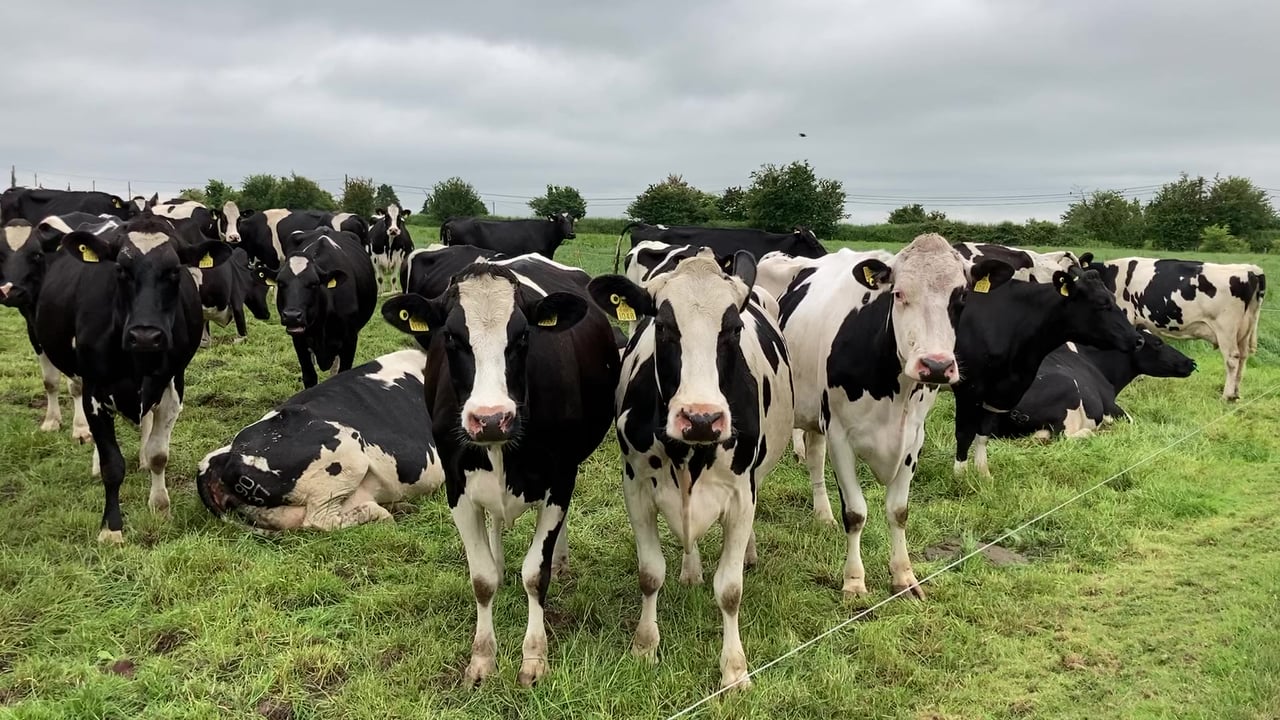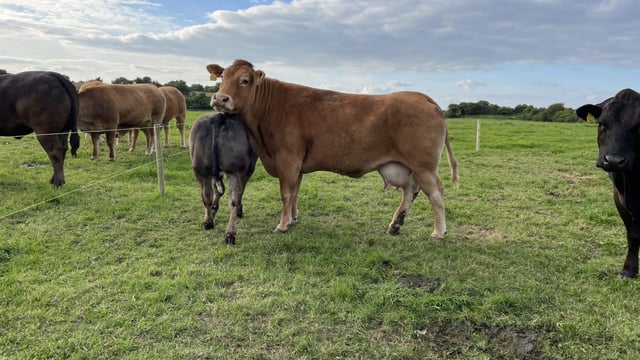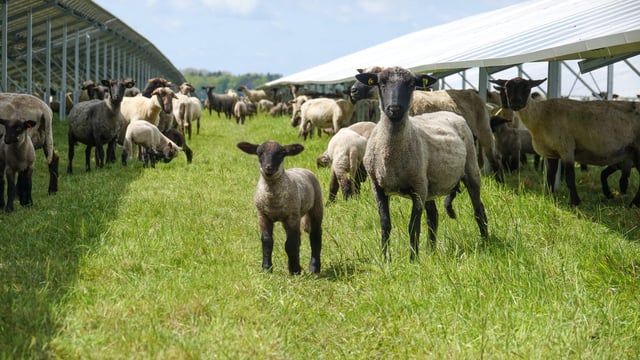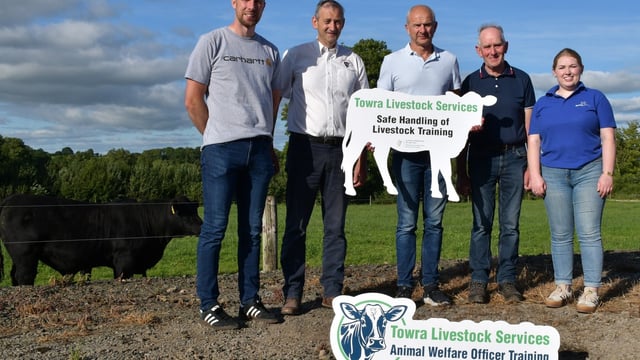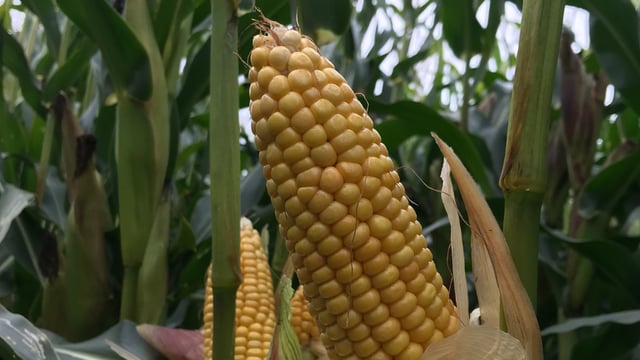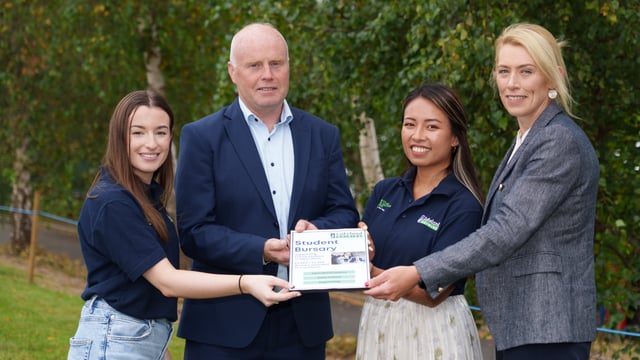Understanding costs of high somatic cell counts and mitigating rises
Somatic cell count can easily slip up at this time of the year when things get more relaxed on the farm.
If your somatic cell count (SCC) is beginning to creep up, it should not be ignored, as it is more than likely costing the farm a lot of money.
Farmers need to remember that there is still about 35-40% of the annual milk solids to be produced this year, as autumn milk is very valuable milk. Even though litres are decreasing, the fat and protein content of milk at this time of year is always good.
So, it is crucially important that a spike in SCC or a rise in mastitis cases does not occur at this stage of the lactation, as it could severely deteriorate potential milk solids production and cost the farm unnecessary money.
If your SCC is increasing, it is likely that the number of infected quarters in your herd is beginning to increase as we enter the latter end of the lactation.
SCC costs
Milk recording should be carried out regularly to see what is happening within your herd. It is the best tool to establish which cows are making you the most profit.
Profit in any business is the most important thing, but milk recording will also indicate which cows have high SCC, which can then indicate subclinical mastitis.
Farmers need to fully prepare themselves for the late lactation, with minimal mastitis infections and maximum milk production.
The table below shows that, on a farm with 100 cows, there can be a reduction in farm profit by €8,000-€31,000 when the SCC is higher than 100,000, according to CellCheck calculations:
| 100 Cows | ||||
|---|---|---|---|---|
| Annual Av SCC | 100,000 – 200,000 | 200,000 – 300,000 | 300,000 – 400,000 | >400,000 |
| Reduction in farm profit | €8,3226 | €15,269 | €18,627 | €31,942 |
This is based off production losses due to infection in the cow, treatment costs, discarding milk to keep out treated milk, veterinary costs, diagnostic testing, culling, and penalties from your co-op.
Mitigate a rise in somatic cell count
Farmers need to identify the problems caused by infected cows by identifying which cows are causing the problems. This can be done through milk recording.
A milk recording will give an overview of the whole herd, the areas of good mastitis control, and the areas that could be improved.
Any cows that are are only adding to the bulk tank SCC need to be analysed and moved on if needs be.
Cull cows and problem cows like these should be moved on swiftly at this time of the year to help build farm covers and keep quality grass ahead of cows that are adding to the business.
If there is no milk recording taking place on your farm, then a California milk test (CMT) with a paddle should be used to identify infected cows and quarters.
Even if you are milk recording, a CMT is a handy way of identifying cows in between recordings and will aid in rapid treatment and decisions, ultimately, saving time and costs.
These cows should be identified and marked clearly so that each cluster after being used on these cows is thoroughly disinfected before being put on to the next cow.
During this time of the year, it is recommended to collect milk samples from problem cows and send to the lab for culture and sensitivity testing.
When the results return, treatment is not always advised, as cure rates can range from 20-80% depending on various factors, such as the bacteria involved, the duration of infection, and the cow's parity.
Get rid of the source of infection straight away; that should be the priority - dry off individual quarters by simply stopping milking, but do not use a dry cow tube.
Problem cows need to be identified and moved off farm, as they are not only costing you money, but they can also be a source of infection for the healthy cows and take away from high performing cows' daily intakes and affect building farm covers this autumn.

